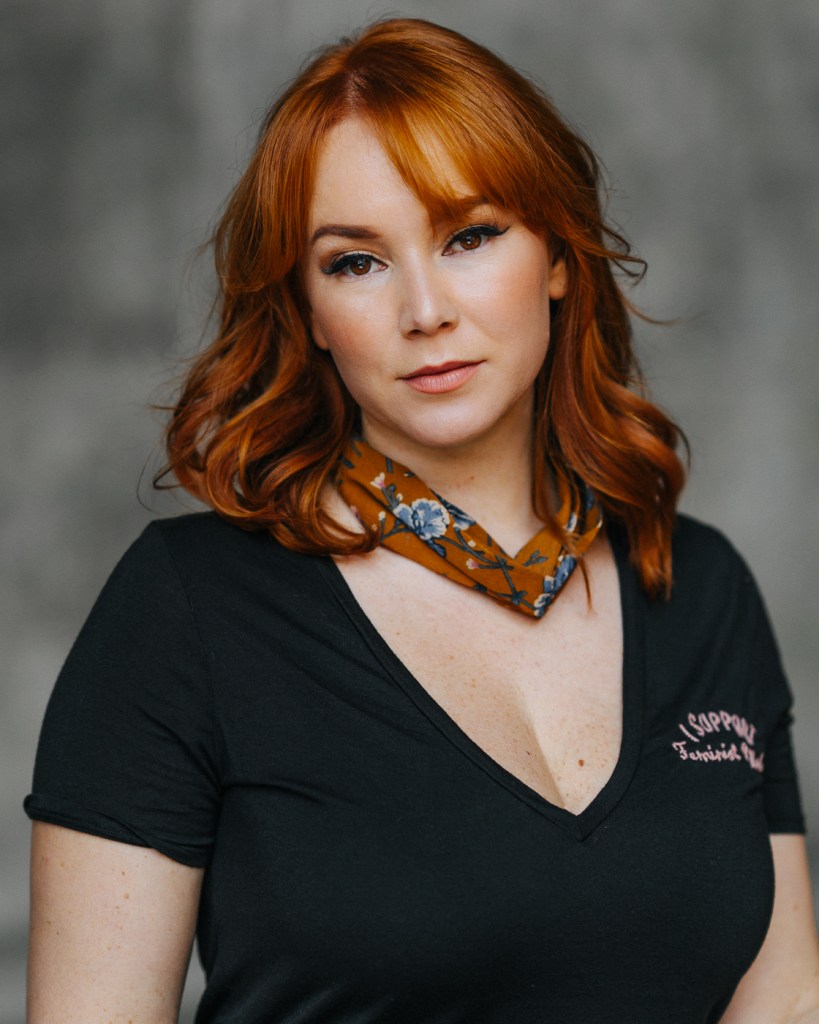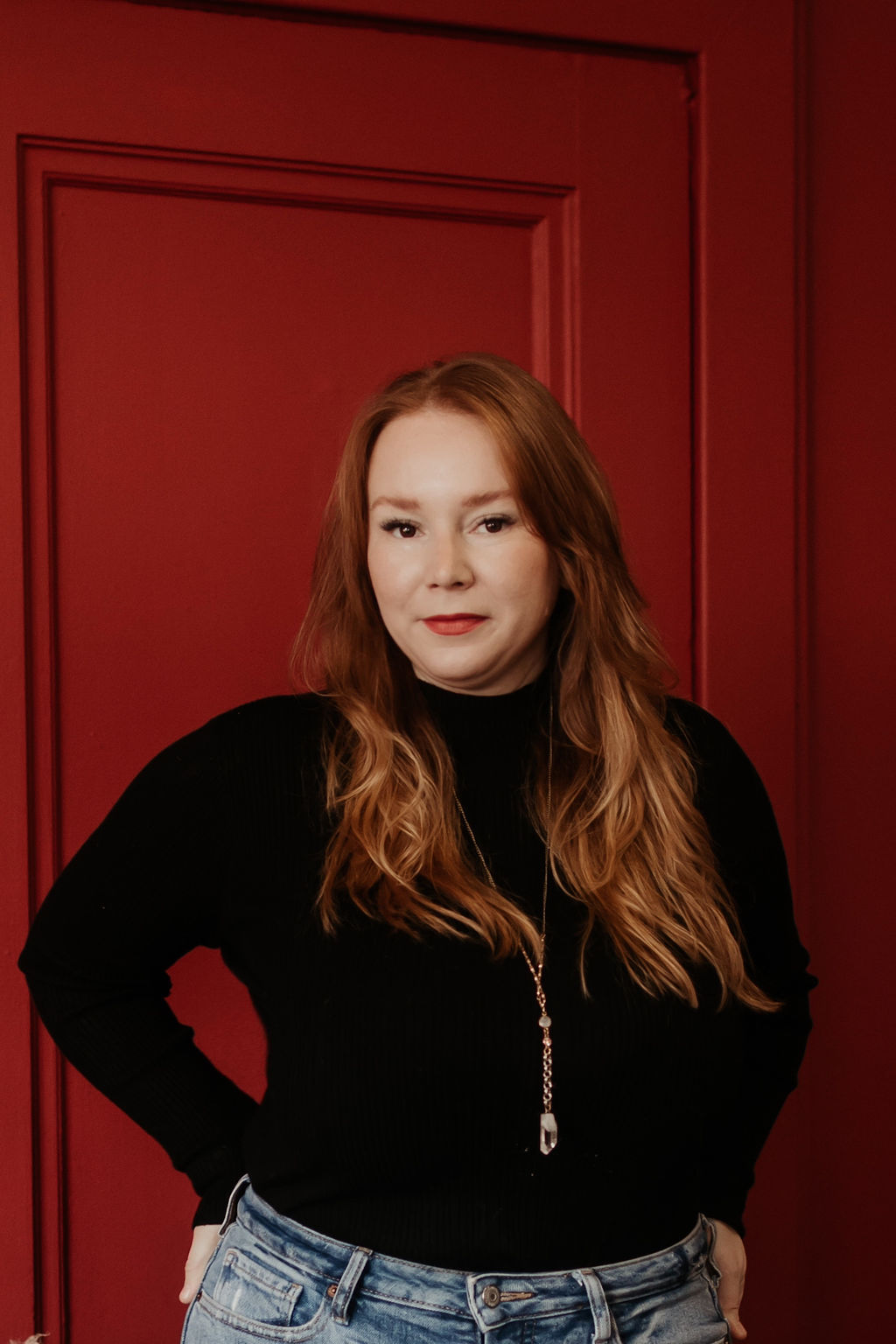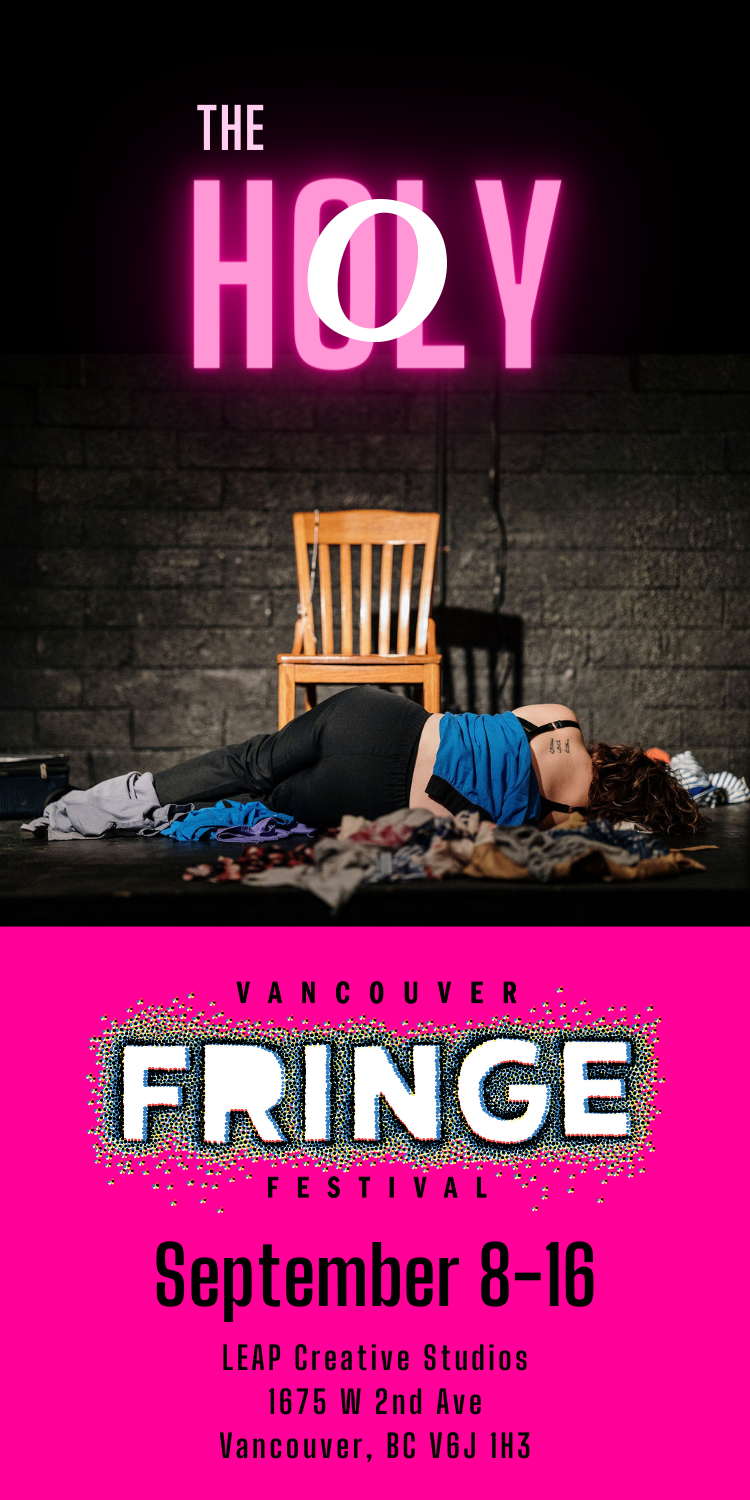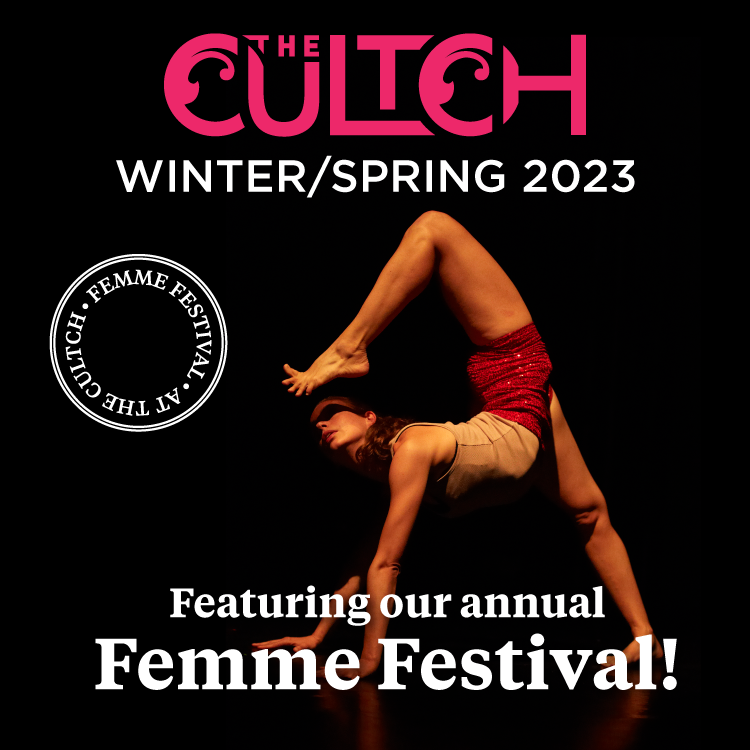By Kristi Alexandra
@kristialexandra
Vancouver’s second largest film festival and the largest queer arts event in Western Canada is about to kick off this week.
The 32nd annual Vancouver Queer Film Festival starts Thursday, August 13 and will run for 10 days–entirely online this year. Its new digital format makes things more accessible than ever before, still offering at-home audiences the best in independent queer cinema along with workshops, artist Q&As, panels and parties.
“Our theme this year is ‘Still Here’, because our survival is an inevitable miracle. Nothing can stop us from taking root; we will always reach for the light and sky,” says Artistic Director Anoushka Ratnarajah.
We caught up with Ratnarajah on her vision for the festival, and how she and her team have worked to continue illuminating and celebrating LGBTQ2+ lives in all their dimensions and complexity.
Tell me about your journey with Queer Film Fest, and your journey with film in general? You have a Creative Writing Degree, a gender studies degree, and a theatre degree. Where does the element of film come in?
Like most people, so much of what I learned about the world was informed by stories or movies. I grew up with a great appreciation for older movies, things that my parents watched and shared with me. My dad was a really big Sidney Poitier fan, so I grew up with films like Guess Who’s Coming to Dinner?, which really resonated with me because I come from an inter-racial family. My dad is Sri Lankan and my mom is of settler origin. I remember watching this and feeling like it was familiar.
I think there were definitely not a lot of moments in my childhood or adolescence where I saw what I was experiencing on screen. I felt that way reading books and working in theatre, so its always been really important to me to write my own stories and to uplift other folks who have been marginalized within various storytelling practices and genres.
When I did my creative writing degree I did a concentration in screenwriting because I was really interested in it. I was lucky and privileged enough to pursue a master’s degree at NYU with an interdisciplinary degree with a main concentration in theatre and performance. There were film and photography students in that program as well and it was there that I met one of my dearest friends and collaborators. I realized when actually holding a camera how much agency and autonomy filmmakers can have in how the audience sees the work.
For queer or trans folks or POC to be holding that camera, it creates a completely different lens for the audience to look through and that is an inherently radical piece of work.
When the opportunity came up to work at VQFF, I first joined the organization with my friend and we were co-artistic directors. I had never worked in the film industry before, not as deeply as I do now, and I have learned really what it is like and have been fortunate enough to look behind the curtain. I feel really grateful for the understandings that I now have of an industry I love and that can be so problematic sometimes.
Last year was your first year as the solo artistic director? What have you learned?
This year is probably the weirdest year of my life, as for everyone else. I would have never known the ways in which the work would shift and change.
The thing I love about collaboration and the thing I learned about my collaborative relationship with Amber Dawn was the ways in which we could lean on each other and have a sounding board. I am generally a collaborative worker, it is hard for me to hold space alone. There is some fear in that and knowing that I only come from my own perspective and that it doesn’t cover all experiences. It is important for me to collaborate and recognize I am not an objective curator, especially when working with artists.
One of the things I really learned in the past two years is how rare it is for a woman of colour, in particular, to be in a position of relative power within the arts industry, and how difficult that is; to be able to hold space, hold onto your own humanity, be accountable as possible to your communities, and to fulfill your own artistic purpose in your work.
It is a lot of balls to juggle and I am really fortunate that I get to do it. We are part of the entire sector and industry and there are a lot of challenges that arise. It’s a lot of pressure.
I noticed there is a major focus on Black and trans content. How do you approach that programming if you’re not necessarily on those intersections? Was there consultation with Black and Trans communities?
One of the focuses of my work is always to have as many films by queer and trans people of colour, and from as many identities as possible, to have their work fore-fronted in our community. Historically, we have not been able to tell our stories and we have had a lot of stories told about us, but not by us. There’s a lot of undoing that queer and trans filmmakers of colour are responsible for, without even being given a choice if that’s what we want to talk about. We have an obligation to our community to tell these stories.
Obviously Black and trans women are the most vulnerable members of our communities to death and violence. We know this and we know it better than ever before because of the news cycle picking up on it, especially mainstream media. Black people’s bodies are at constant risk.
It might seem that there is sort of a timeliness to some of that programming and in some ways there are. We have an amazing curator and programmer working with us this year, Nya Lewis, and she took it upon herself to curate a program about Black, femme identities, alongside a screening of Long Time Comin’ which is a documentary made by Dionne Brand from 1993. In that sense some of that work was done diligently by a programmer who has some of those experiences herself.
In other ways, like with Queer Kids, I actually watched that submission in early February. It’s always so weird to talk about these things because there is that perspective that a lot of us are unaware of the violence against Black folks and dangers they face. I think there are so many of us, myself included, who have folks that they’re close to that are within those communities. That care and advocacy has been important to me for a long time, which I’ve done in years past.
The [opening] documentary [this year] was made by a Black, queer man who experienced homelessness when he came out as a youth. It follows a group of Black trans and queer folks who gather on Christopher Street in New York City, which has historically been a place for these folks to gather. It’s still that space even though it has become so heavily gentrified.
This documentary, when I watched it, I was really taken by how it was taken from an experiential lens, because he had been in that position himself. For marginalized communities, it is rare for this to happen. It is usually privileged folks who think they want to create a documentary about these places and the results can be harmful. This documentary is very much the opposite. He tried really hard to establish trusting relationships with the people he interviewed and it was filmed over five years. He also did something rare, which was give the the participants a share of the profits from the film. That is incredibly rare in documentary film, where participants just sign their representational rights away to the filmmaker and they do what they want with it. This was a much more collaborative approach.
What challenges were presented this year because of COVID?
Obviously so many things shifted, we can’t do anything in person and everything is online. I am not a digital artist, my first love is theatre and that is as live as you can get. It was really difficult to try and think about how we would shift how we could present film. Fortunately, we learned from other film festivals that decided to go digital instead of cancelling, which enabled us to realize it was possible. It would have felt like such a terrible loss to cancel, not only for our team but for our community that gets so much out of our programming every year. It was really important to us to move forward and still do the work.
I think one of the things that will continue to reveal itself to all of us as we move through the rest of this year and early 2021 is the mental health effects of this time. We are trying to keep going as normal in a time where nothing feels normal. I think the level of exhaustion and lack of stability and uncertainty for the arts community, I think those effects are going to be felt for a really long time.
I think a lot of folks in our sector are scared about what 2021 is going to look like and what the effects of the pandemic are going to be on our wellbeing.
Which films or programs you are most excited to feature?
The Coast is Queer is going to be so much fun once again this year. There is so much queer talent in our own city and it is so important to have the opportunity to highlight those things. I encourage everyone to tune in to the Coast is Queer on Saturday, August 15 at 7 PM.
For other local content, we also have a retrospective screening on August 22 at 7 PM called PUNK as FLICK. It provides a snapshot of Vancouver’s queer punk scene in the ’90s and a lot of the content that was being created by folks in that community. I’m really excited for the Q&A that will happen afterwards. As queer stories become more in the mainstream media, I think that a punk aesthetic is something that queer’s still need to hold onto. We still have a lot of opportunity to push the envelope in the ways in which we represent ourselves and it’s incredibly important that we are visible and empowered in the mainstream, but it is also important that we are able to have these spaces to do radical and challenging artwork.
We also have some amazing artists from across Turtle Island and Hawaii in our Indigiqueer program. We really encourage people to watch this on August 22 to witness the brilliance of queer and two-spirit Indigenous filmmakers, who are historically so unrepresented in film but are some of the best storytellers in the world.
Tickets for VQFF 2020 are available at queerfilmfestival.ca. Tickets range in price from $10 to $14 with a special COVID-19 access pricing ranging from $2-$5.

Kristi Alexandra is an unabashed wino and wannabe musician. Her talents include drinking an entire bottle of cabernet sauvignon, singing in the bathtub, and falling asleep.




